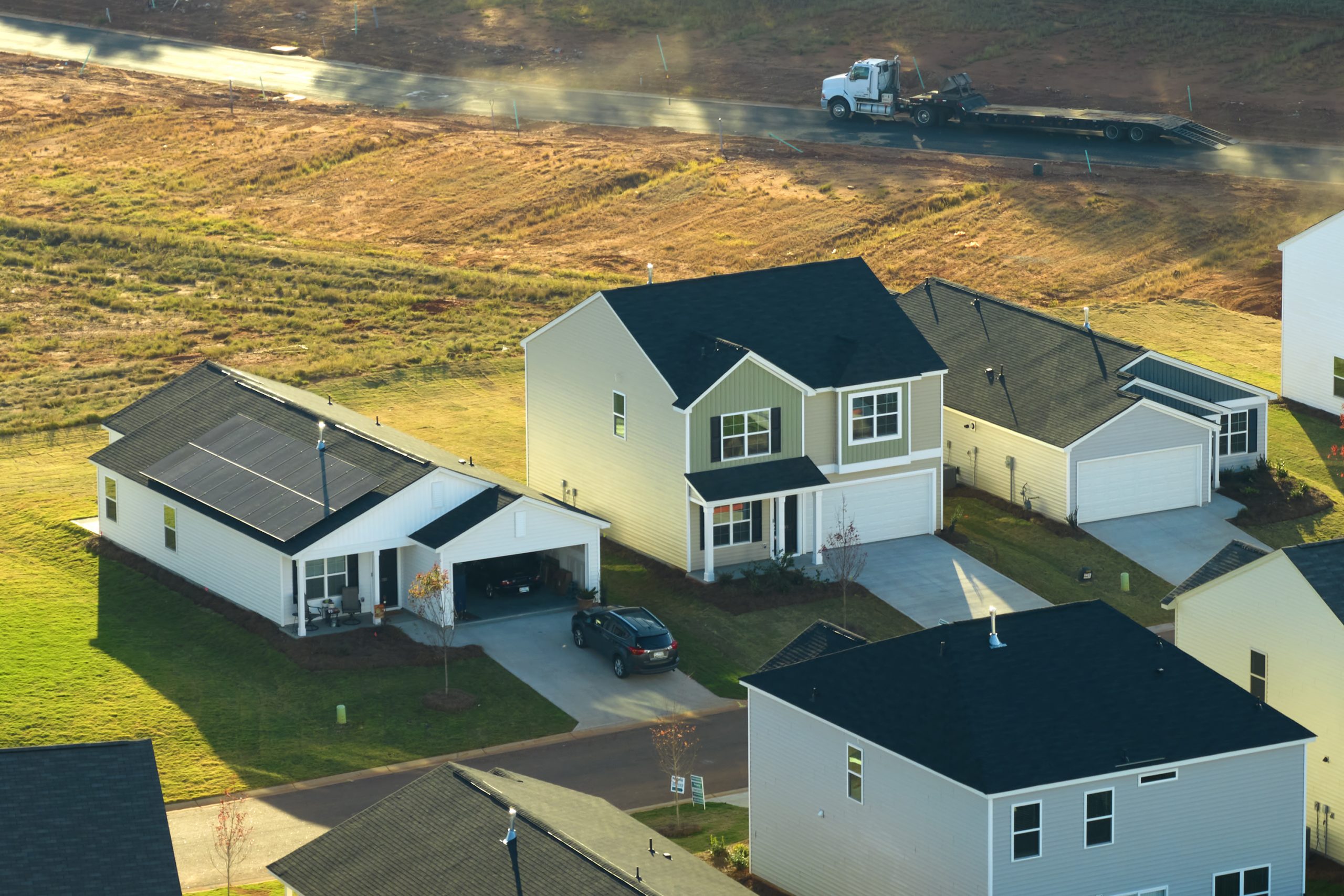
As urbanization continues to accelerate globally, its impacts on real estate development are profound and multifaceted. Emerging trends in how people live, work, and interact within urban spaces are driving significant shifts in the planning, development, and design of urban environments. This article explores urbanization trends and examines their implications for the future of real estate development.
The Rise of the Megacity
Expanding Urban Frontiers
One of the most striking trends in global urbanization is the rise of megacities—urban areas with more than ten million residents. These sprawling metropolises are becoming hubs of economic activity and cultural exchange. Real estate developers are capitalizing on this growth by investing in high-density residential and commercial projects that cater to the burgeoning populations and their diverse needs.
Infrastructure Challenges and Opportunities
The expansion of megacities presents unique challenges and opportunities in real estate development. There is a growing need for infrastructure that can support large populations, including transportation, utilities, and social services. Innovative real estate projects that integrate with and enhance urban infrastructure—such as transit-oriented developments—offer significant investment opportunities and contribute positively to the urban fabric.
Smart Urbanization
Technology-Driven Solutions
Innovative city initiatives are transforming urban landscapes, making them more efficient, sustainable, and livable. Real estate developers are increasingly integrating technology into their projects to enhance connectivity, sustainability, and community engagement. This includes the development of intelligent buildings equipped with IoT devices for better energy management, security, and overall operational efficiency.
Enhancing Quality of Life
Intelligent urbanization focuses on technology and improving urban residents’ quality of life. Real estate developments that offer green spaces, pedestrian-friendly designs, and amenities that encourage social interaction are becoming more popular, reflecting a broader trend toward creating more humane and enjoyable urban environments.
Sustainability in Urban Design
Green Building Practices
As environmental concerns become more pressing, sustainability has risen to the top of the agenda in urban real estate development. Green building certifications, such as LEED and BREEAM, are becoming standard benchmarks. Real estate developers are focusing on sustainable construction materials, energy-efficient designs, and systems that reduce water and energy consumption.
The Urban Heat Island Effect
The urban heat island effect, where urban regions experience higher temperatures than their rural surroundings, is driving changes in real estate development. Projects that incorporate reflective materials, green roofs, and strategic vegetation planting are increasingly common as developers look to mitigate this effect and improve environmental resilience.
The Demographic Shift
Accommodating a Diverse Urban Population
Urban populations are becoming increasingly diverse, with varying needs and expectations from the living spaces they inhabit. Real estate developers are responding by creating more inclusive and flexible living environments. This includes the development of multi-generational housing, facilities that support different cultural practices, and housing that is adaptable to changing family structures.
Aging Populations
Another critical demographic trend is the aging global population, particularly in urban areas. Real estate developers are increasingly considering the needs of older adults in their projects, incorporating accessible design, healthcare facilities, and community services that are conducive to aging in place.
Economic Changes and Their Real Estate Implications
The Shift to a Service-Oriented Economy
As urban economies shift more towards services, the real estate market is adapting to meet the needs of this sector. This includes the development of co-working spaces, hubs for startups and technology companies, and facilities that support creative industries. These spaces not only meet the functional needs of service-oriented businesses but also help attract and retain talent.
Retail Evolution
The transformation of the retail sector, influenced by e-commerce and changing consumer preferences, is significantly impacting urban real estate. Developers are reimagining retail spaces as experiential centers that offer unique physical experiences to complement online shopping. This trend is leading to the development of mixed-use spaces where retail, entertainment, and leisure coexist seamlessly.
Navigating the Future of Urban Real Estate
The trends shaping urbanization are creating a dynamic environment for real estate development. As cities continue to grow and evolve, developers’ ability to adapt to these changes will determine their success. By focusing on sustainability, inclusivity, and integration with urban infrastructure, developers can not only respond effectively to these trends but also play a pivotal role in shaping the future of our urban landscapes.